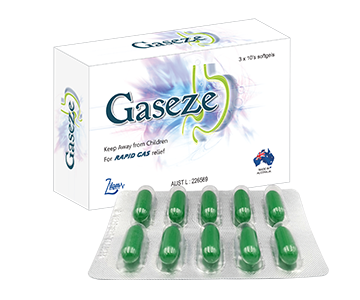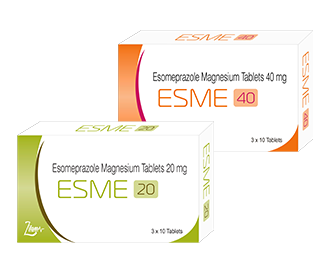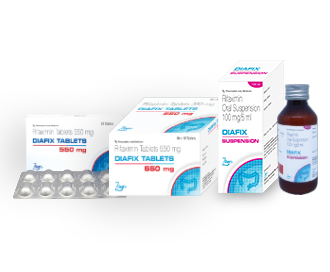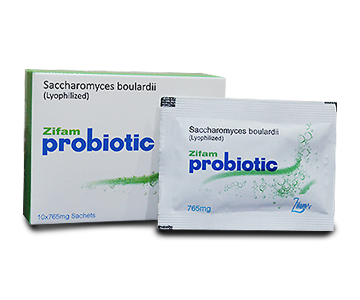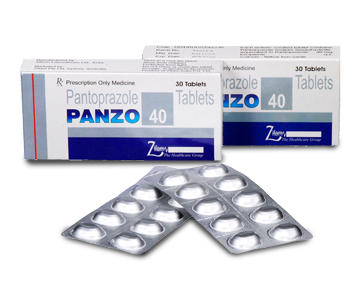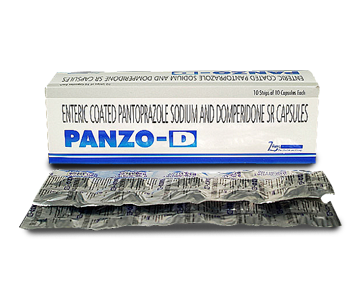Lanzet
- ENG
- မြန်မာ
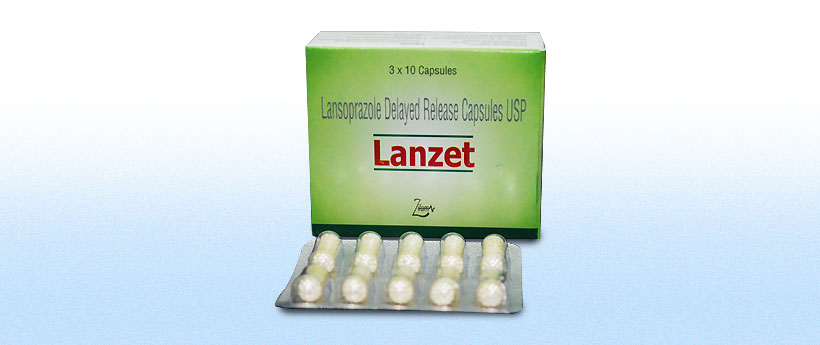
Composition
Each capsule contain:
Lansoprazole USP 30mg
(as enteric coated pellets)
Pharmaceutical form
Transparent hard gelatin capsules filled with white to almost white coloured pellets.
Clinical particulars
Therapeutic indications
- Treatment of duodenal and gastric ulcer
- Treatment of reflux oesophagitis
- Prophylaxis of reflux oesophagitis
- Eradication of Helicobacter pylori (H. pylori) concurrently given with appropriate antibiotic therapy for treatment of H.pylori-associated ulcers
- Treatment of NSAID-associated benign gastric and duodenal ulcers in patients requiring continued NSAID treatment
- Prophylaxis of NSAID-associated gastric ulcers and duodenal ulcers in patients at risk requiring continued therapy
- Symptomatic gastroesophageal reflux disease
- Zollinger-Ellison syndrome.
Posology and method of administration
Posology
Treatment of duodenal ulcer
The recommended dose is 30 mg once daily for 2 weeks. In patients not fully healed within this time, the medication is continued at the same dose for another two weeks
Treatment of gastric ulcer
The recommended dose is 30 mg once daily for 4 weeks. The ulcer usually heals within 4 weeks, but in patients not fully healed within this time, the medication may be continued at the same dose for another 4 weeks
Reflux oesophagitis
The recommended dose is 30 mg once daily for 4 weeks. In patients not fully healed within this time, the treatment may be continued at the same dose for another 4 weeks.
Prophylaxis of reflux oesophagitis
15 mg once daily. The dose may be increased up to 30 mg daily as necessary.
Eradication of Helicobacter pylori
When selecting appropriate combination therapy consideration should be given to official local guidance regarding bacterial resistance, duration of treatment, (most commonly 7 days but sometimes up to 14 days), and appropriate use of antibacterial agents.
The recommended dose is 30 mg lansoprazole twice daily for 7 days in combination with one of the following:
- clarithromycin 250-500 mg twice daily + amoxicillin 1 g twice daily
- clarithromycin 250 mg twice daily + metronidazole 400-500 mg twice daily
- pylori eradication rates of up to 90%, are obtained when clarithromycin is combined with lansoprazole and amoxicillin or metronidazole.
Six months after successful eradication treatment, the risk of re-infection is low and relapse is therefore unlikely.
Use of a regimen including lansoprazole 30 mg twice daily, amoxicillin 1 g twice daily and metronidazole 400-500 mg twice daily has also been examined. Lower eradication rates were seen using this combination than in regimens involving clarithromycin. It may be suitable for those who are unable to take clarithromycin as part of an eradication therapy, when local resistance rates to metronidazole are low.
Treatment of NSAID associated benign gastric and duodenal ulcers in patients requiring continued NSAID treatment
30 mg once daily for four weeks. In patients not fully healed the treatment may be continued for another four weeks. For patients at risk or with ulcers that are difficult to heal, a longer course of treatment and/or a higher dose should probably be used.
Prophylaxis of NSAID associated gastric and duodenal ulcers in patients at risk (such as age > 65 or history of gastric or duodenal ulcer) requiring prolonged NSAID treatment
15 mg once daily. If the treatment fails the dose 30 mg once daily should be used
Symptomatic gastro-oesophageal reflux disease:
The recommended dose is 15 mg or 30 mg daily. Relief of symptoms is obtained rapidly. Individual adjustment of dosage should be considered. If the symptoms are not relieved within 4 weeks with a daily dose of 30 mg, further examinations are recommended.
Zollinger-Ellison syndrome
The recommended initial dose is 60 mg once daily. The dose should be individually adjusted and the treatment should be continued for as long as necessary. Daily doses of up to 180 mg have been used. If the required daily dose exceeds 120 mg, it should be given in two divided doses
Renal impairment
There is no need for a dose adjustment in patients with impaired renal function.
Hepatic impairment
Patients with moderate or severe liver disease should be kept under regular supervision and a 50% reduction of the daily dose is recommended.
Elderly
Due to reduced clearance of lansoprazole in the elderly an adjustment of dose may be necessary based on individual requirements. A daily dose of 30 mg should not be exceeded in the elderly unless there are compelling clinical indications.
Paediatric population
The use of lansoprazole is not recommended in children as clinical data are limited and juvenile animal studies have findings of currently unknown human relevance. Treatment of small children below one year of age should be avoided as available data have not shown beneficial effects in the treatment of gastro-oesophageal reflux disease
Method of administration
For optimal effect, lansoprazole capsules should be taken once daily in the morning, except when used for H. pylori eradication when treatment should be twice a day, once in the morning and once in the evening
Lansoprazole should be taken at least 30 minutes before food. Capsules should be swallowed whole with liquid
For patients with difficulty swallowing; studies and clinical practice suggest that the capsules may be opened and the granules mixed with small amount of water, apple/tomato juice or sprinkled onto a small amount of soft food (e.g. yoghurt, apple puree) to ease administration. Capsules may also be opened and granules mixed with 40 ml of apple juice for administration through a nasogastric tube, After preparing the suspension or mixture, the medicinal product should be administered immediately.
Shelf life
2 years
Storage
Store below 30’C, Protect from light and moisture.
Nature and contents of container
10 capsules in a Blister pack of 230 mm Printed Aluminium foil with 236 mm Clear PVDC film, 3 such blisters are packed in a printed carton with Package insert.






